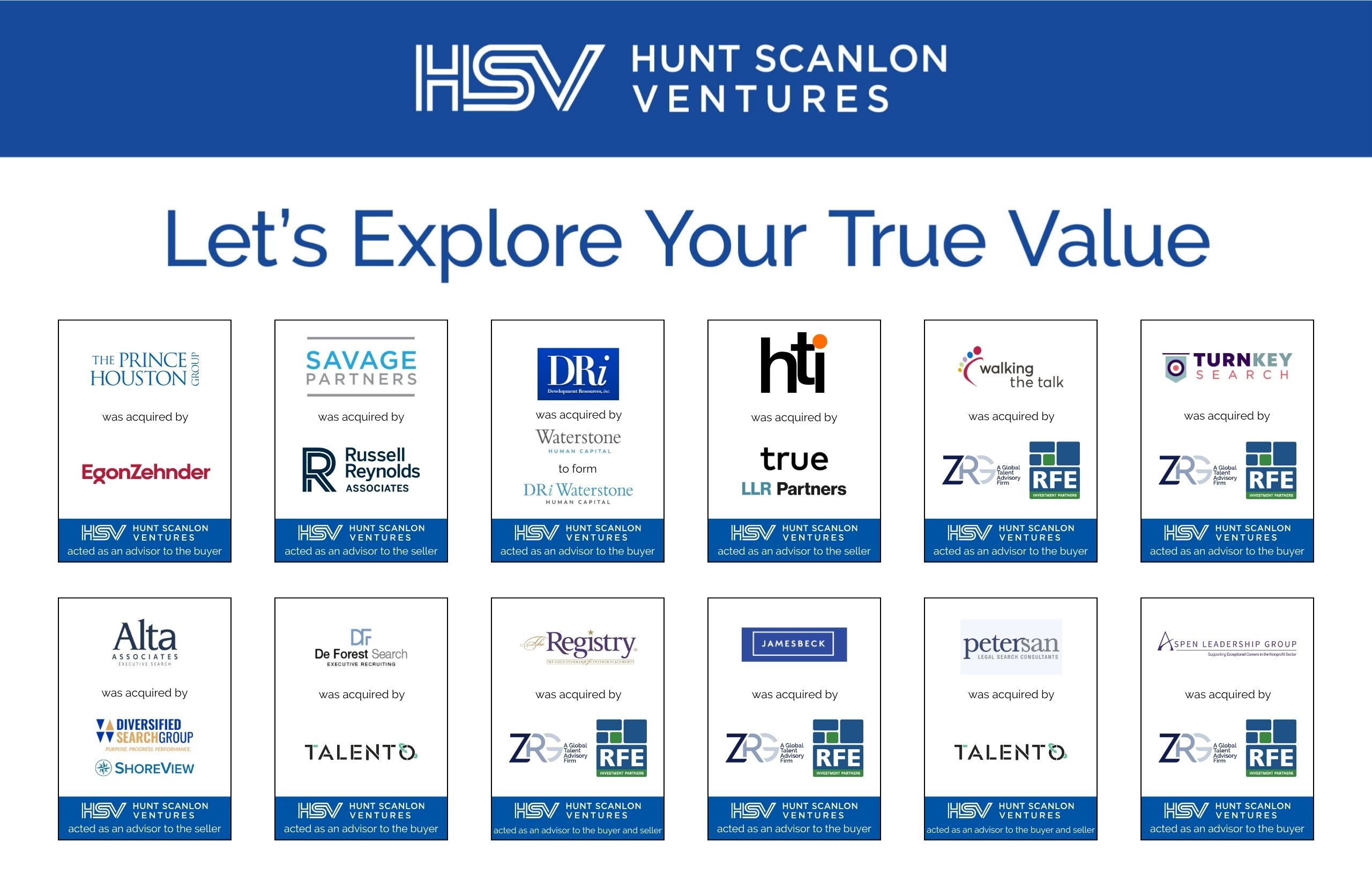AI, data, and cybersecurity are reshaping what leadership looks like in technology organizations. As digital complexity accelerates, new roles like Chief AI Officer and Chief Product & Technology Officer are pushing their way into the boardroom. Evan Berta, an associate at Hunt Scanlon Ventures, unpacks Riviera Partners’ latest findings from its thought provoking Future of Tech Leadership Report. He sits down with two of the firm’s partners to discuss what these shifts mean for boards, search firms, and the next generation of tech executives.
Riviera Partners recently surveyed more than 1,000 technology executives for its latest report, revealing a major shift in how leadership is structured.
According to Riviera, AI, data, and cross-functional collaboration are pushing technology roles to the forefront of enterprise strategy.
The report identifies five key positions now demanding space in the C-suite: Chief AI Officer (CAIO), Chief Product & Technology Officer (CPTO), Data-Focused Executives, Security Leaders, and Fractional or Advisory Tech Leaders.
Twenty-one percent of organizations currently have a Chief AI Officer according to the report, a number that soars to 72 percent among high-readiness companies.
Another 14 percent have combined product and engineering oversight under a CPTO, reflecting the need to blend vision, execution, and technical depth at scale.
At the same time, 62 percent of organizations have assigned AI or data responsibilities to existing leaders, said the report, signaling how deeply these priorities are being embedded across business functions.
“The C-suite today isn’t about deep silos, it is about synthesis. The best leaders are those who can turn technological innovation into actionable strategy.”
Boards and investors are driving much of this transformation. Nearly half of the companies surveyed expect to create or reshape executive roles within the next 12 months as pressure mounts to operationalize AI, strengthen security, and manage growth through data.
“Leadership is evolving to meet the pace of technology,” said Evan Berta, an associate at Hunt Scanlon Ventures. “The C-suite today isn’t about deep silos, it’s about synthesis. The best leaders can turn innovation into enterprise strategy.”
Navigating Complexity in the Age of AI
The new leadership paradigm is as much about adaptability as it is about expertise.
“Business has never been more complex, and AI is amplifying that complexity,” said Sam Wholley, Managing Partner of Riviera’s Venture-backed Practice. “The ‘AI wave’ is still cresting, and leaders must manage both the technical reality and the business narrative at the same time.”
As boards push for clarity on what AI can deliver, product and engineering leaders are under pressure to translate potential into performance.
“Boards want clarity on what’s possible, what’s practical, and how that shapes strategy,” Mr. Wholley explained. “They expect leaders to show progress — not just promise it.”
Security Leadership Takes Center Stage
The rise of AI and connected technologies has elevated cybersecurity from a technical domain to a strategic one.
“Boards now expect security leaders to be tightly aligned with the business and fluent at the board level,” said Sean Cleary, Partner and Cybersecurity Practice Lead at Riviera. “They want CISOs who can quantify risk in business terms, not just technical ones.”
“The companies that succeed will be the ones whose leaders can see across silos, connect the dots, and lead with both precision and purpose.”
Mr. Cleary believes the modern security leader must embody both precision and pragmatism. “Today’s security leaders need deeper technical expertise and sharper business acumen,” he said. “The best CISOs craft strategies that strike the right balance — accepting measured risk while enabling growth.”
Riviera’s data supports this trend: high-readiness organizations are significantly more likely to elevate their CISOs into strategic roles reporting directly to the board. As cyber incidents become business-critical events, leadership accountability has moved to the top table.
The Rise of Flexible Leadership Models
Perhaps the most intriguing shift is the growing embrace of fractional and advisory leadership roles. Nearly 72 percent of tech executives say they are open to fractional or board-level positions, a sign that leadership is becoming more fluid.
“The pace of change makes flexibility attractive,” said Mr. Wholley. “Many executives see fractional roles as a way to apply their skills in new contexts and bridge the gap between seasoned leaders and emerging builders.” This flexibility benefits companies too, allowing them to scale leadership capacity quickly without long-term structural commitments.
As Mr. Wholley put it, “As AI takes over ‘skills,’ leadership will be defined by ‘senses’ — business sense, people sense, market sense, product sense, and common sense. Boards need to decide which senses matter most and how to evaluate them.”
Preparing for What Comes Next
Both partners agree that as AI and cybersecurity converge, leadership readiness must evolve. Mr. Cleary emphasized that boards must upskill themselves as much as their executives. “They need to assess whether they have enough cyber expertise in the room,” he said. “That may mean bringing in directors with deeper domain knowledge.”
Mr. Wholley sees the broader picture of transformation. “AI is no longer just a tool — it’s a lens,” he said. “The companies that succeed will be the ones whose leaders can see across silos, connect the dots, and lead with both precision and purpose.”
Article By

Evan Berta
Evan Berta is an Associate at Hunt Scanlon Ventures, specializing in data analysis, market mapping, and target list preparation. He plays a critical role in identifying and building out groups of firms in sectors of interest, including preparing strategic overviews of top potential targets for acquisitions. Evan’s analytical expertise supports the firm’s sourcing initiatives, particularly in identifying niche and emerging market opportunities, and delivering actionable insights on tight timelines.






